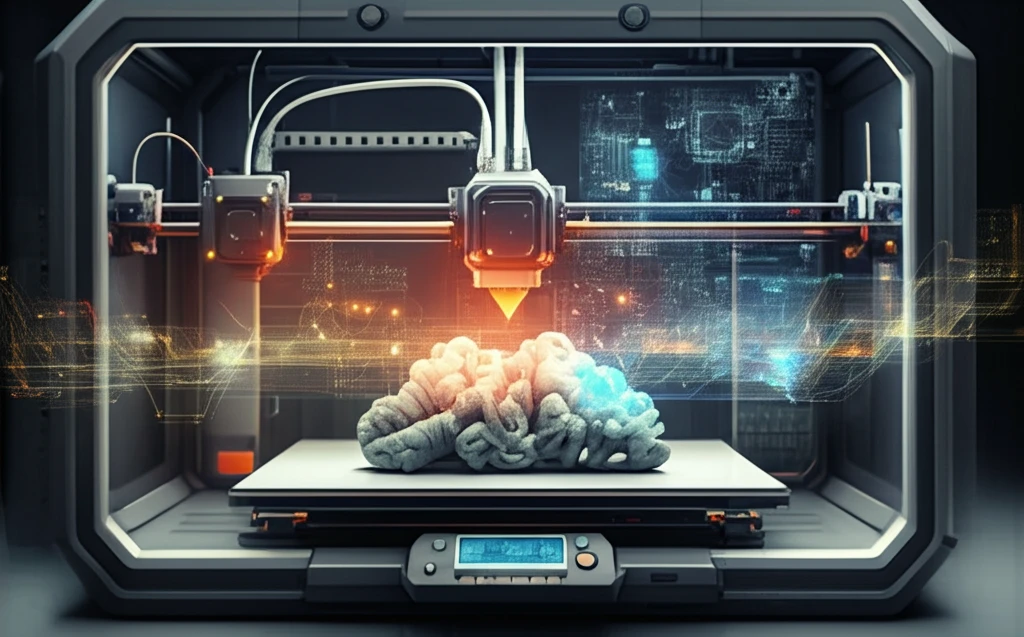
Cloud Control: Revolutionizing 3D Printing at Lightning Speed
"Unlocking Advanced Capabilities with Cloud-Based 3D Printer Control"
3D printing has rapidly evolved from a niche technology to a mainstream manufacturing process, impacting industries from healthcare to aerospace. Yet, despite its widespread adoption, limitations persist, especially in the realm of control systems. Traditional 3D printers rely on local controllers, often constrained by computational power, which limits the complexity of designs and the efficiency of printing processes.
Enter cloud-based control, a paradigm shift that moves the control of 3D printers to remote servers. This innovative approach, known as Control as a Service (CaaS), offers a wealth of benefits, including access to advanced algorithms, enhanced processing capabilities, and remote accessibility. Imagine controlling a 3D printer from anywhere in the world, optimizing performance in real-time with sophisticated software running on powerful cloud infrastructure. CaaS is poised to transform 3D printing, unlocking new levels of speed, accuracy, and scalability.
This article explores the groundbreaking research into cloud-based control for 3D printers, demonstrating how low-level motor commands streamed directly from the cloud can significantly enhance printing performance. We'll dive into the technical aspects of this approach, examine the benefits and challenges, and explore the future possibilities of 3D printer CaaS.
Why Move 3D Printer Control to the Cloud?

Traditional 3D printers rely on local controllers, microcontrollers that interpret G-codes (high-level control commands) and translate them into the precise movements required to build an object layer by layer. While effective, this approach has limitations. Local controllers often lack the processing power to execute advanced control algorithms, such as those that compensate for vibration or optimize print speed. Upgrading hardware can be costly and complex.
- Access to Advanced Algorithms: Implement sophisticated control strategies without local hardware limitations.
- Enhanced Processing Power: Leverage the computational resources of the cloud for real-time optimization.
- Remote Accessibility: Control and monitor 3D printers from anywhere with an internet connection.
- Simplified Upgrades: Software updates are seamless and don't require hardware changes.
- Data Sharing and Collaboration: Cloud-based platforms facilitate data sharing and collaborative design.
The Future of 3D Printer Control
Cloud-based control represents a significant step forward in the evolution of 3D printing. By moving control functions to the cloud, manufacturers and hobbyists alike can unlock new levels of performance, accessibility, and scalability. As cloud infrastructure continues to improve and advanced algorithms become more readily available, CaaS is poised to revolutionize the 3D printing industry, enabling faster, more accurate, and more accessible additive manufacturing for everyone.
